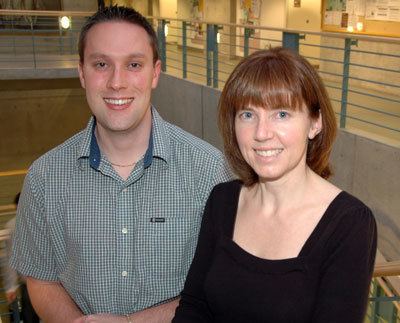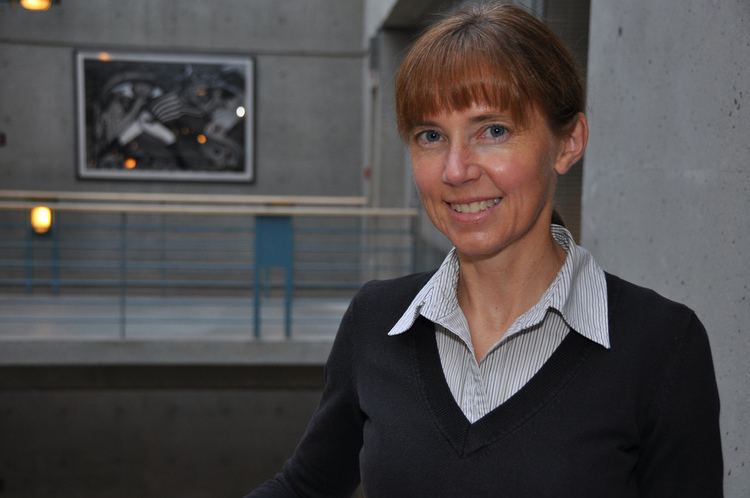Name Fiona Brinkman | ||
 | ||
Dr fiona brinkman microbes and why all bioinformaticists should care about them sept 17 2015
Fiona Brinkman (née Lawson) is a Professor in Bioinformatics and Genomics (Department of Molecular Biology and Biochemistry) at Simon Fraser University, British Columbia, Canada, and is a leader in the area of microbial bioinformatics. She is interested in developing "more sustainable, holistic approaches for infectious disease control and conservation of microbiomes".
Contents
- Dr fiona brinkman microbes and why all bioinformaticists should care about them sept 17 2015
- Fiona brinkman
- Recent awards
- References

The daughter of Scottish parents, Brinkman was born in Melbourne, Australia in 1967. She immigrated to Canada as a child where she grew up primarily in Mississauga, Ontario. She completed her B.Sc. in Biochemistry at the University of Waterloo in 1990 and her Ph.D. under the supervision of Dr. Jo-Anne Dillon at the University of Ottawa in 1996. She completed two postdoctorates at the University of British Columbia under the guidance of Drs Robert (Bob) Hancock and Ann Rose. Originally trained as a microbiologist, she developed an interest in bioinformatics through her graduate and postdoctoral studies, leading her to develop a career in pathogen/microbial bioinformatics as a professor starting in 2001. Brinkman lives in Coquitlam with her family, including a son and a daughter.

Brinkman's current research interests center around improving understanding of how microbes evolve and improving computational methods that aid the analysis of microbes and the development of new vaccines, drugs and diagnostics for infectious diseases. Increasingly her methods have been applied for more environmental applications. She is noted for developing PSORTb, the most precise method available for computational protein subcellular localization prediction and the first computational method that exceeded the accuracy of some common high-throughput laboratory methods for such subcellular localization analysis. This method aids the prediction of cell surface and secreted proteins in a bacterial cell that may be suitable drug targets, vaccine components or diagnostics. She has also developed bioinformatics methods that aid the more accurate identification of genomic islands (i.e. IslandViewer) and orthologs (i.e. OrtholugeDB) . Her research has provided new insights into the evolution of pathogens and the role that horizontal gene transfer and genomic islands play. She confirmed the anecdotal assumption that virulence factors (disease-causing genes in pathogens) are disproportionately associated with genomic islands. She was among the first researchers to use whole genome sequencing to aid infectious disease outbreak investigations ("genomic epidemiology"), integrating genome sequence data with social network analysis. She was involved in the Pseudomonas Genome Project and is the coordinator of the Pseudomonas Genome Database, a database of Pseudomonas species genomic data and associated annotations that is continually updated. She has also developed databases (i.e. InnateDB and the Allergy and Asthma Portal) to aid more systems-based analysis of immune disorders and the immune response to infections in humans and other animals - databases that have aided the identification of new immune-modulating therapeutics. She has a long-standing interest in bioinformatics training, improving the curation of biological/bioinformatics data, and developing effective bioinformatics data standards and databases. She is a Thomson Reuter's Highly Cited Researcher, a member of national committees and Boards such as the Genome Canada Board of Directors, and has been Research Director for several Genomics projects. She has a growing interest in applying her methods to environmental applications as part of a broader interest in developing approaches for more holistic, sustainable infectious disease control and microbiome conservation - developing approaches that may select less for antimicrobial resistance, improve the tracking of pathogens and their origins, and better factor in the important role of societal changes and the environment in shaping microbiomes

Fiona brinkman
Recent awards

